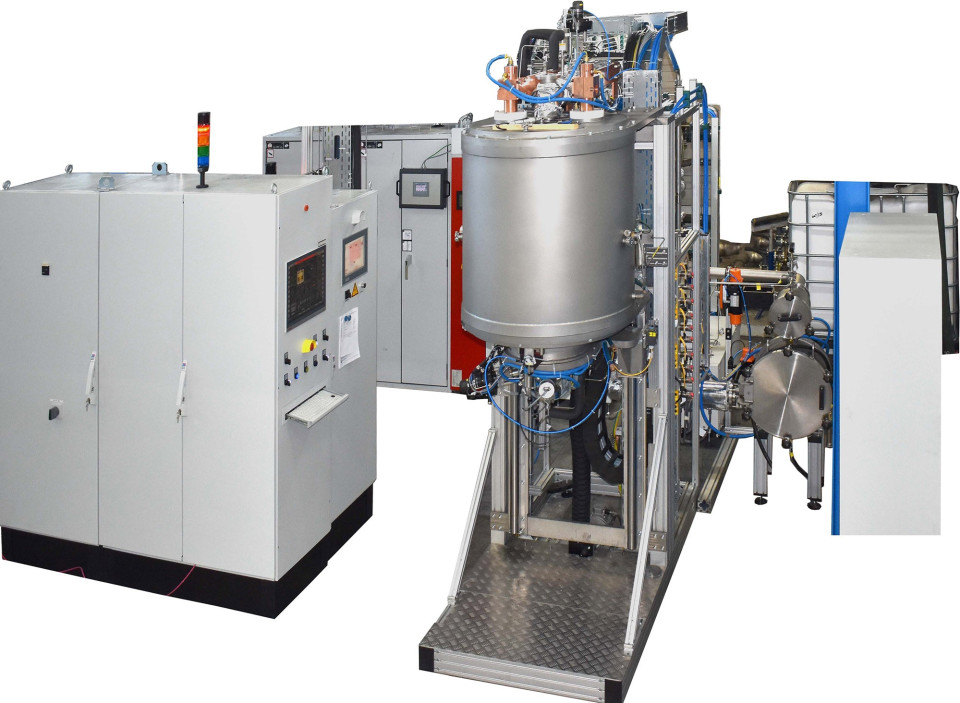Type CVD

Description
Thermally induced chemical vapor deposition (CVD) is a powerful method for depositing uniform layers of various dielectric, semiconducting, and metallic materials, either in monocrystalline, polycrystalline, amorphous, or epitaxial form, on small or large-area substrates.
Typical coating materials include pyrolytic carbon, silicon carbides, and boron nitrides. The use of synthetic precursors ensures extremely pure coatings that meet the typical requirements of the semiconductor industry.
Depending on the process parameters, a wide range of coating thicknesses is possible—from single or few atomic layers to solid protective or functional coatings with thicknesses ranging from a few nanometers to hundreds of micrometers and even up to monolithic components several millimeters thick.
Functions
- Coating under atmospheric pressure ""AP-CVD"" or under relative pressure ""LP-CVD""
- High flexibility in process optimization and design
- Extensive data evaluation
- Prototype production, series production
- Design: bottom loader
- Temperature measurement using thermocouple and pyrometer
Main specifications
- Application temperatures up to 2200 °C
- Multi-zone heating
- rotating turntable
- exhaust gas aftertreatment
- Controlled separation and treatment of by-products
- Gas treatment and gas phase separation for SiC, Si3N4, BN and AlN
SiC: CH3SiCl3 → SiC + 3HCl
Si3N4: 3SiCl4 + 4NH3 → Si3N4 + 12HCl
BN: BCl3 + NH3 → BN + 3HCl
AlN: AlCl3 + NH3 → AlN + 3HCl
Options
- PyC coating and/or infiltration applications
- Automatic refilling station for MTS
- HCl / H2 detectors
- Cooling water supply by chiller or heat exchanger units
| CVD Standardtypes |
useful dimensions (Ø/h) [mm] | nutzbare Volume [dm3] |
max. load [kg] | max. Temperature [°C] |
max. heating power [kW] |
|---|---|---|---|---|---|
| CVD 30 | 360 x 295 | 30 | ≤ 25 | 1600 | 45 |
| CVD 175 | 530 x 800 | 175 | ≤ 100 | 1600 | 150 |
| CVD 900 | 900 x 1400 | 900 | ≤ 400 | 1600 | 300 |
| CVD 2500 | 1400 x 1700 | 2600 | ≤ 600 | 1600 | 500 |
| FS W 500-CVI | 1000 x 600 | 500 | ≤ 450 | 1600 | 300 |
